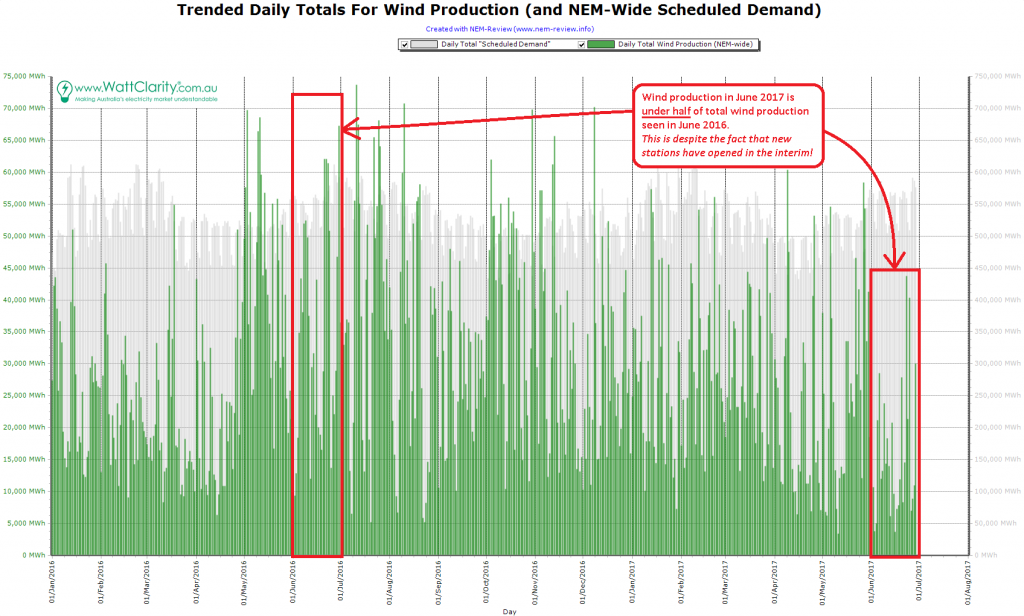
Why Nuclear Energy?
Nuclear Energy must be the centrepiece of Australia's Low Carbon Future- Clear Direction to decarbonising Australia’s primary energy systems with Nuclear Energy
- Precedent has been set by many nations including France, Sweden and South Korea
- Now is the time for urgent action on climate change.
- We have the reactors available now to make a start
- A roadmap for the near term use of nuclear energy in Australia
Edition 4 – 29/11/2024
Outline of a Clear Direction
This page outlines a clear plan for nuclear power generation in Australia. The following pages will look at renewables and nuclear on our electricity grid, we’ll look at the economics, the types of nuclear plants for Australia and where we could build them and how long it would take.
Our research shows that the more nuclear energy we add to our mix, the greater are its cost and emissions reduction benefits. At around 50% the improvements are significant but the best results are achieved when the proportion of nuclear energy exceeds 70% with the remainder provided by solar, wind and hydro
Our plan uses detailed analysis of the whole of system impacts of energy generation to arrive at the System Levelised Cost of Energy or SLCOE.
It is true that wind and solar are lower cost generators at their points of connection to the grid than nuclear energy. Many people therefore base their case for wind and solar (renewables) on their low Levelised Costs or LCOE’s
The case for renewables however fails when we try to integrate them into a grid to provide useful energy 24/7. We must add storage and lots of it. Maybe that means batteries and/or pumped hydro, either way its expensive.
It also means that at 100% electricity generation we need a lot more transmission – AEMO tell us we will need at least 28,000 kilometres of new high voltage transmission. Renewables will cause the highest cost parts of our electricity bills to at least double and we see this now in South Australia where, despite low generating costs they have the highest retail costs in the market
There are at least two other major costs of high levels of renewable generation.
Firstly there’s the costs of ancillary services. The need for these is made more critical by the use of renewables especially at high levels of penetration. These are the costs of equipment that provide voltage and frequency stability, black start capability, system strength, fault current, inertia and fast frequency response. Some of these can be synthesised by modern power electronics in batteries and renewables. Some like system strength, inertia and fault current rely on machines with real grunt and that’s what large synchronous generators at nuclear power plants of hydro station are able to provide.
Secondly there’s the costs of spilled energy. In simple terms, a system using 100% renewables has to work 24/7 but the amount of PV energy generated in summer will be about twice that of winter and so there’s a huge overbuild required to meet the winter load. Wind suffers similar problems.
In June 2017 less than half the wind energy was generated compared to June 2016 despite more wind farms being in operation and so large amounts of overbuild or hugely expensive storage capable of seasonal energy transfers at grid scale are required.
Our analysis shows that spillage of the order of 30% or more will occur at 100% renewable power generation and the cost of this will not be limited to the renewable generators alone. It will be flow through to transmission and ancillary services overbuild.

As a result of the unreliable nature of wind energy wind power is minimised to existing levels in our energy plan. We have heeded Europe’s problems with huge costs that come about with wind droughts.
Firstly it is uneconomic because it relies on large amounts of storage and secondly it maintains the use of gas powered fossil fueled power plants which increases greenhouse gas emissions. Further, the costs of demand response – curtailing industrial energy use is not costed in the Government’s Energy plans
Now is the time. We have the Reactors
The time for effective action is urgent and so the plan uses nuclear power plant options.
We can use 18 gigawatts by 2050 of the emerging small nuclear power plants such as the BWRX 300 from GE Hitachi or we can commence the build out in selected locations using known licensed large scale reactors that are currently available such as the APR 1400 from South Korea.
These would be constructed at multiple sites. The plan is essentially a feasibility study of what such a nuclear energy powered future looks like, how it would be scheduled with financing options and will include public engagement..
A Road Map
Previous reports such as those of UMPNER and Gittus pointed the way and this study will:
- Identify specific sites or regions for an initial fleet of nuclear power reactors. The installation of nuclear power plants at sites of aging or decommissioned coal and gas plants would be prioritised to take advantage of existing infrastructure. It is envisaged that only small amounts of grid enhancement would be required with a nuclear power plant fleet
- Engage with the public and broader community located near the possible sites.
- Address the immediacy of carbon reductions with a commencement of construction within 5 years and first power to the grid by 2035. The fleet of reactors would use light water PWR or BWR units that are currently licensed internationally and are either in use or at the near term commissioning stage.
- Carry out a costing exercise for the reactor construction programme including the provision of options for financing.
- Scope and cost enhancements to the electricity distribution grid to accommodate the nuclear generating capacity.
- Scope the level of Australian industry engagement and construction opportunities together with providing a timeline for the entire program.
- Investigate the opportunity for reliable base load electricity from a nuclear fleet to progressively displace the nation’s reliance upon a significant proportion of imported petroleum products especially for transport
